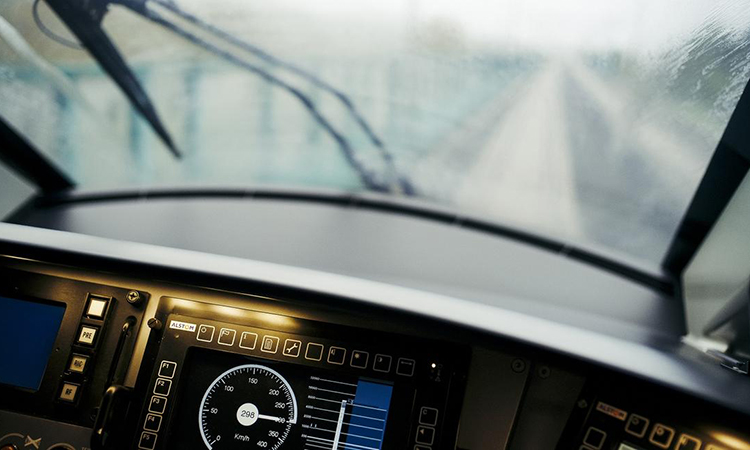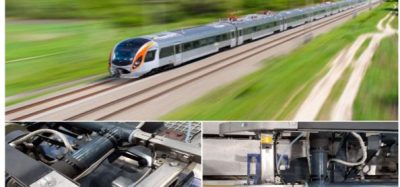First Flirt-type electric trains equipped with Alstom ETCS enter service in Hungary
Posted: 21 February 2023 | Elliot Robinson (Editorial Assistant - Global Railway Review) | No comments yet
Alstom’s project to equip 59 Flirt-type MÁV-START electric trains with ETCS Level 2 is expected to be complete in September 2023.


Credit: Alstom
Alstom has reached an important milestone in the fleet modernisation project of the Flirt-type electric trains of MÁV-START – with European Train Control System (ETCS) Level 2, designed to increase the speed and safety.
The first 36 of 59 units have received the market authorisation license and are now back in passenger traffic equipped by Alstom’s Atlas ETCS Level 2 L2 train control equipment that meets the strict European requirements. The entire project is scheduled for completion in September 2023, following a certification procedure involving extensive testing and verifications. Alstom was awarded this project through a public procurement process.
“In the history of Hungarian rail transport, this is the first case of electric trains being retrofitted with an ETCS train control system,” Gáspár Balázs, CEO of Alstom Transport Hungary, said. “The results confirm that this project successfully improves traffic safety and efficiency. Moreover, it was particularly important for us, as a company committed to the development of Hungarian railways, to install the equipment in MÁV START’s Flirt electric fleet in Hungary, thanks to the work at our Szolnok site.”
Related content you will enjoy:
Alstom to supply additional Coradia Nordic regional trains to Norske tog
The primary purpose of ETCS is to monitor the movement of trains and enhance the safety of rail traffic in various operational situations. The system continuously calculates warning, operating and emergency braking speed profiles, and also monitors the authorised speed for both the train and the track. In full supervision mode, it is practically impossible for a driver to mistakenly ignore a red warning signal. The enhanced ETCS Level 2 provides continuous monitoring via GSM-R (the rail version of GSM).
Ultimately, ETCS Level 2 system improves traffic efficiency by allowing upgraded trains to circulate at higher speeds on lines where the track conditions allow, such as the Budapest-Székesfehérvár line, thus increasing the speed to a maximum of 160km/h, compared to the previous speed of 120km/h.
The first milestone of this complex project occurred in January 2020, when Alstom obtained the conversion license for the Flirt electric multiple units. The production of the prototypes was followed by testing: the specifications required the trains to run 250,000km without failure. Alstom was authorised by the Railways Authority to carry out type-approval durability tests on five prototypes. In parallel with this process, pre-fitting started, followed by a final fitting in January 2022. The type-approval of the vehicle, which required an independent certification body to verify that the design, manufacture, and assembly of the vehicle complies with all European and national standards, was granted by the National Rail Authority in December 2022.
Related topics
Electric/Hybrid Rolling Stock, European Train Control System (ETCS), Rolling Stock Orders/Developments, Signalling, Control & Communications, Sustainability/Decarbonisation








